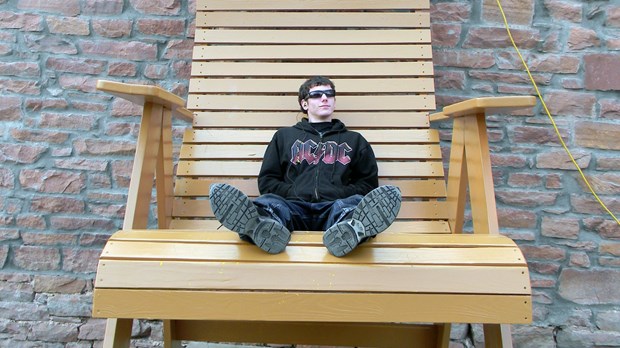As a general rule, we love the emphasis that Karl Vaters places on drawing attention to the small church. After all, the average church in the United States, is in fact a small church of a median size of 75 people. And once again his latest post is right on point. We have reposted a portion of it below but be sure to click on “Read More” at the bottom to read the full posting.
How many times have I said that while shaking my head after attending a conference or reading blog posts and books about church leadership? I could write a book……
I know I’m not alone in this. If you’re a small church pastor, you’ve had the same experience on many occasions.
You’re looking for help to make your church better, healthier, stronger and more kingdom-minded, but almost everything you find comes from a big church perspective. That’s not bad. But it often means there’s very little, if anything in it to help you in a small church context.
The articles and books I’m referring to are written with good intentions, and the ideas in them aren’t wrong. But even in a book or conference where I receive valuable information, I often spend a lot of time shaking my head, thinking…
They just don’t get it.
Big Church Solutions
For example, here’s a short list of some church ministry ideas I’ve read recently. These were all presented as either must-do, or very important to do.
- Regular staff vision meetings
- One day a week, or several weeks off in the summer for sermon prep
- Age-appropriate, well-lit children’s facilities
- Uncluttered meeting rooms, cleared of stacked chairs and unnecessary furniture
- Video announcements
- Parking lot attendants
- Professional signage
- Coordinated start/end times for adult/kids’ services
- Not putting people in a ministry unless they’re gifted for it
I don’t disagree with any of those ideas. They all make sense.
But none of those suggestions was tempered with a recognition of small church realities and alternative solutions.
Most small churches would love to implement big church ideas but, like David trying on Saul’s armor, they don’t fit.
And it’s not only a matter of numbers. Small churches operate by a whole set of different principles. No one in church leadership disputes that. But they don’t factor that in as often as they should.
You can’t drop two zeroes from an idea that works in a church of 5,000 and expect it to work in a church of 50. Even if it’s healthy, strong and growing.
Big church principles only scale down so far. By the time they reach the average church (the median size is 75 people), most of them don’t work any more.
When it come to what small churches and their pastors face on a daily basis…



